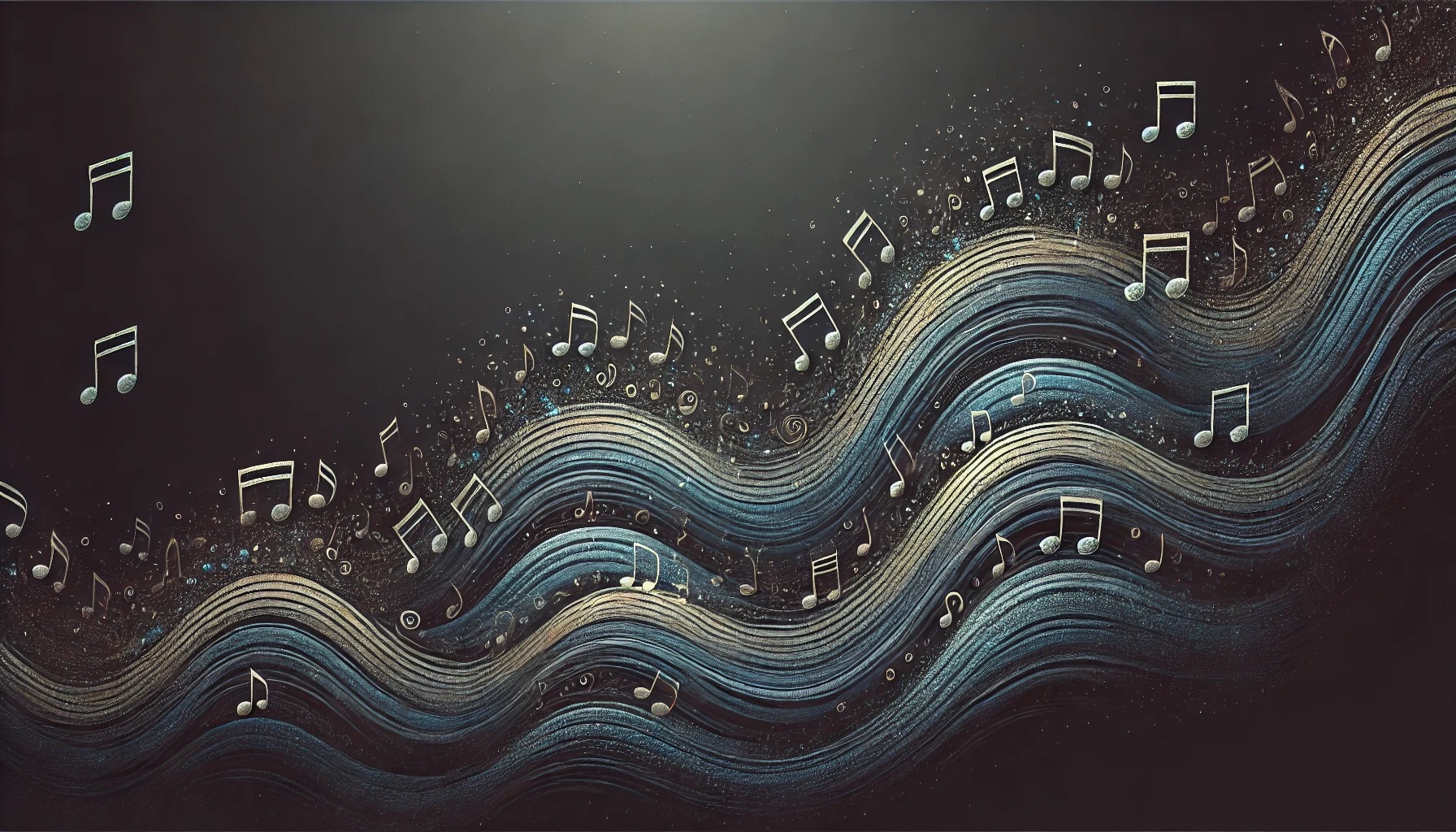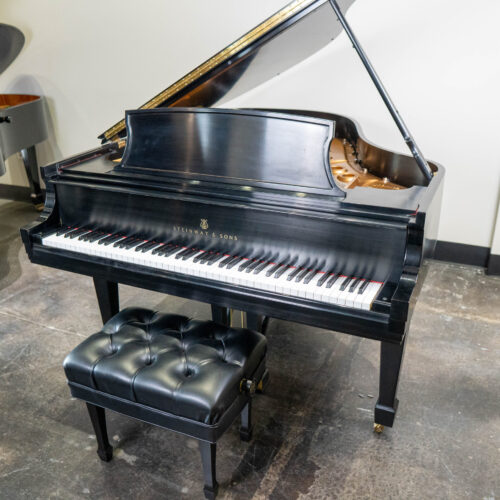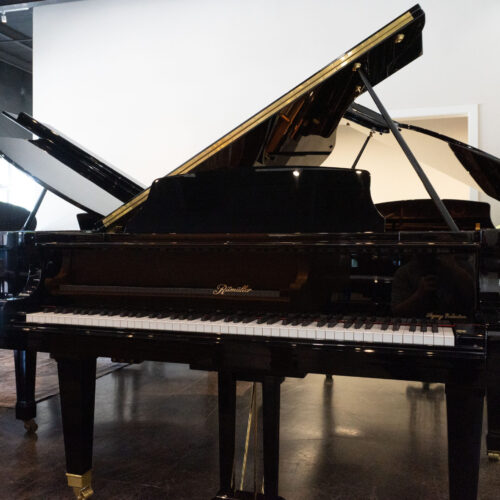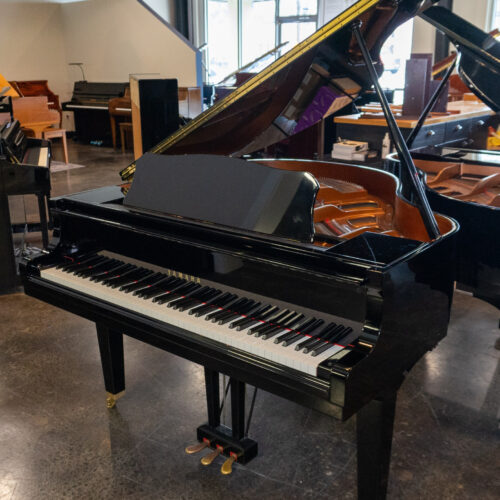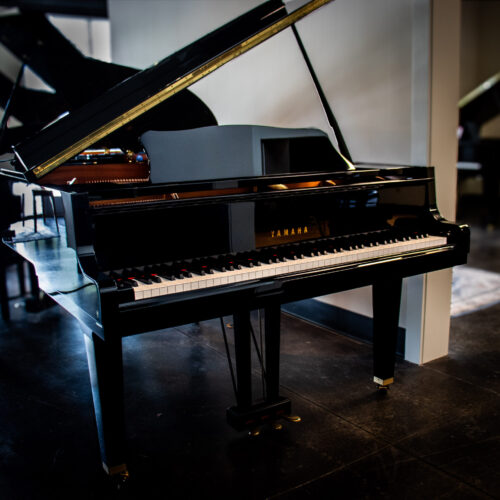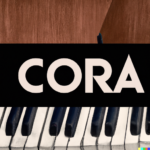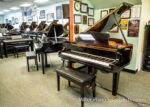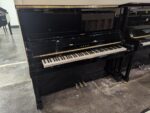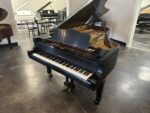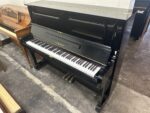Have you ever heard someone say the term “play it by ear”? Whether you’re a beginner or an expert, having a good ear for music is something we all want to achieve. Training your ears is not such a difficult task. However, like any other instrument, it takes consistency and dedication, and there are many ways to learn. Here’s how to play an instrument by ear:

What Is Ear Training?
Have you ever met a musician who can pick out notes, chords, and even songs apparently out of thin air? It’s like they could play any instrument by ear. Learning to play by ear can sound very intimidating, but there are ways for you to be that musician.
Ear training (or aural skills) means learning to identify pitches, rhythms, chords, and other music by ear. When you develop your ear training, you’ll become a better musician by leaps and bounds. Additionally, other musicians will enjoy playing with you since you have a better ear for each instrument.
Relative Pitch vs. Absolute Pitch
Perfect pitch is the ability to hear any sound and instantly recognize its pitch, from the notes on a piano to the hum of a car. Most musicians do not have perfect pitch.
We want to develop our relative pitch for those of us who don’t have a perfect pitch. Relative pitch means to have been able to hear pitches and chords that are related to each other. By building a pitch foundation, you can connect all pitches to that foundation and create an internal map of sounds for yourself. So, how do you create that internal map?
How To Develop Relative Pitch
The best and easiest way to develop a relative pitch is to choose one note and memorize it. Sing or hum the most comfortable and easy note for your voice. Make sure not to force it, but rather make a comfortable sound.
Once you have that note, match this pitch on the piano. Your pitch might be middle C, A3, or something else. The trick is to find this comfortable pitch and memorize it. Sing it as many times as possible throughout the day and match yourself with the piano or with a chromatic tuner to keep yourself in check.
1. Learn The Major Scale
Once you find your pitch, you can now go beyond and build your internal pitch map. First, learn how to sing the major scale. It doesn’t matter what your voice sounds like! Singing is a great way to develop internalized pitches because they come out of your body.
2. Learn Intervals
Once you have internalized the sound of the major scale, you can begin practicing interval identification. Interval identification means to listen to two notes identifying the distance between them. For example, intervals are measured in semitones or half-steps. They have a major, minor, or perfect description and a numerical description like first, second, third, fourth, fifth, etc.
3. Chords and Chord Progressions
After working with intervals, the next step is to hear the differences between different chords and how they work together in chord progressions. A great way to learn this is to go on YouTube and watch videos that will help you develop this skill!
4. Memorize Songs
There are many ways you can memorize songs. Memorizing songs will help you develop a more diverse ear if you learn to listen to music played by instruments other than piano, even drums. After learning the song by ear, a great option is to notate it on paper or your computer to understand your understanding further.
Another fun way to practice is to make a playlist of songs you like and play along with the music. To learn, make sure you don’t stop and learn parts properly. Just go along with the music and see how much you can play!
Check Out This Video on “Ear Training Exercises”:
Conclusion
Ear training is a very beneficial practice for you to become a successful musician. If anything, it is equally as important as any technique, repertoire, or theory practice. We hope you enjoyed reading about how to play an instrument by ear!
Overall, it’s important to trust who you are buying from. We hope you enjoyed reading about why you should buy a used piano! If you’re interested in buying a Yamaha piano, we are open! Our hours are Monday-Saturday from 10 am to 6 pm. We are happy to help you in person again, using all the guidelines we have been provided. We are here for you.
